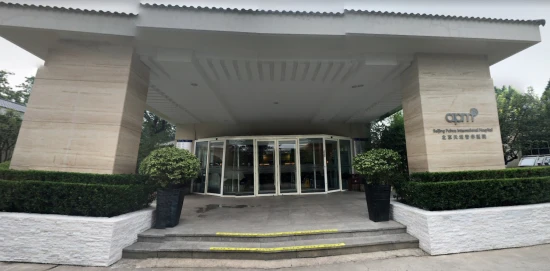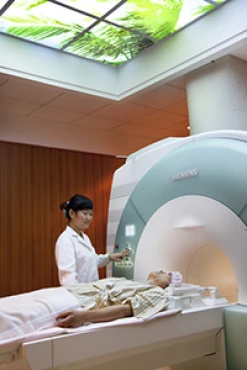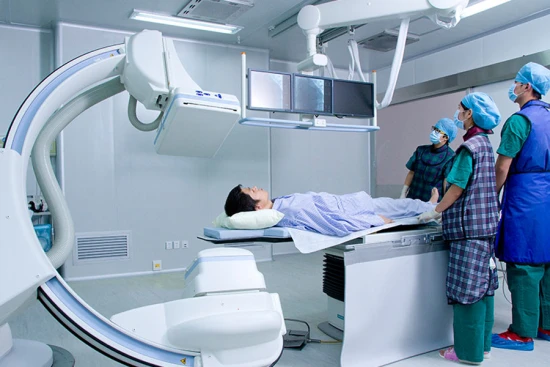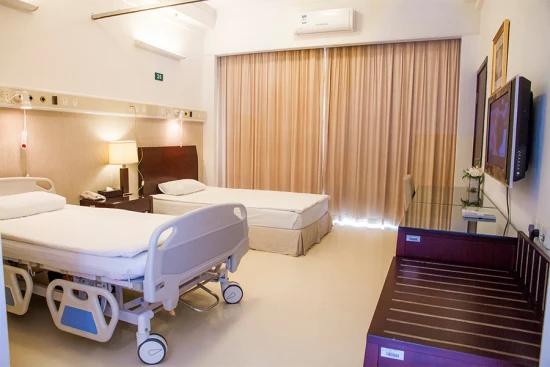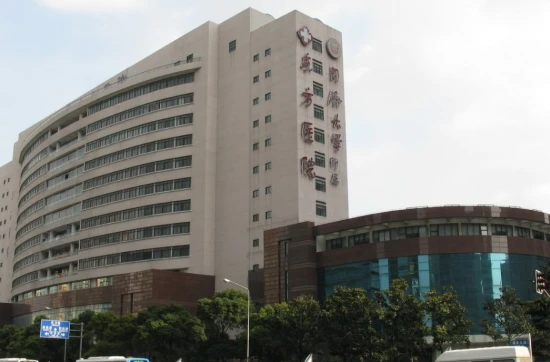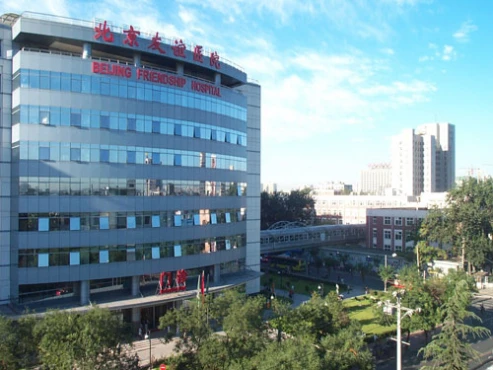Thoracentesis in 7 Thoracic surgery clinics in China
7 clinics specializing in Thoracic surgery providing
Thoracentesis
Thoracentesis is a procedure where a needle is inserted into the chest cavity to remove excess fluid or air from the pleural space. It is performed to relieve symptoms and diagnose conditions related to pleural effusion or pneumothorax.
Read more...
procedure in China.
Sorted by:
Relevance
Rating
Cost of procedures
Relevance
Prices for selected procedures, total:
≈ $2,388
Prices for popular procedures:

Beijing, China
Specializations: Cardiac surgery, Thoracic surgery, Neurosurgery, Spine surgery, Orthopedic surgery, Oncology
Languages: English
Beijing Puhua International Hospital (BPIH) has been delivering international-standard healthcare from Beijing, China since 1995. Since that time, BPIH has kept its lead in Beijing,
read more
Prices for selected procedures, total:
≈ $2,388
Prices for popular procedures:

Beijing, China
Specializations: Cardiac surgery, Vascular surgery, Thoracic surgery, Neurosurgery, Spine surgery, Orthopedic surgery, Oncology
Languages: Arabic, Danish, Dutch, English, French, German, Italian, Japanese, Korean, Polish, Portuguese, Russian, Thai, Spanish; Castilian, Chinese, Persian
United Family Healthcare is a pioneering, international-standard health system providing comprehensive, integrated healthcare in a uniquely warm, caring, patient service-oriented environment.
read more
Prices for selected procedures, total:
≈ $2,388
Prices for popular procedures:

Beijing, China
Specializations: Cardiac surgery, Vascular surgery, Thoracic surgery, Neurosurgery, Spine surgery, Orthopedic surgery, Oncology
OASIS International Hospital is an international high-end general hospital, through the international JCI medical standards certification, to provide world-class evidence-based practice. Located in a 15,000m2
read more
Prices for selected procedures, total:
≈ $2,388
Prices for popular procedures:

Shanghai, China
Specializations: Cardiac surgery, Vascular surgery, Thoracic surgery, Neurosurgery, Spine surgery, Orthopedic surgery, Oncology
Languages: Chinese, English
Shanghai United Family Hospital opened its doors on December 1, 2004, the hospital’s sole mission is to provide comprehensive, integrated healthcare services in a warm
read more
Prices for selected procedures, total:
≈ $2,369
Prices for popular procedures:

Guangzhou, China
Specializations: Cardiac surgery, Vascular surgery, Thoracic surgery, Neurosurgery, Spine surgery, Orthopedic surgery, Oncology
Languages: Arabic, English, French, Indonesian, Japanese, Korean, Russian
Founded in 2001, Clifford Hospital covers an area of 90,000 square meters, with a capacity of 650 licensed inpatient beds. The hospital serves 3000 outpatient
read more
Prices for selected procedures, total:
≈ $2,388
Prices for popular procedures:

Shanghai, China
Specializations: Cardiac surgery, Vascular surgery, Thoracic surgery, Neurosurgery, Spine surgery, Orthopedic surgery, Oncology
Languages: English, German, Japanese, Chinese
Shanghai East International Medical Center (SEIMC) is a joint-venture general hospital in Shanghai’s Lujiazui Financial District. Established in 2004, SEIMC has been providing quality 24-hour
read more
Prices for selected procedures, total:
≈ $2,388
Prices for popular procedures:
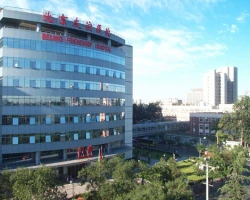
Beijing, China
Specializations: Cardiac surgery, Vascular surgery, Thoracic surgery, Neurosurgery, Spine surgery, Orthopedic surgery, Oncology
Languages: Chinese
Our hospital covers an area of over 94,000 square metres. The new building for outpatient and emergency treatment under construction has 52,000 square metres. After
read more
Procedure price distribution in China
Thoracentesis:
$2,349
This price found at
Clifford Hospital of Guangzhou
in China, Guangzhou
$2,392
This price found at
Beijing Puhua International Hospital
in China, Beijing
Minimum Average Maximum
Procedure prices in popular countries:
Thoracentesis:
Turkey
$868 - 868
in
27 clinics
China
$2,349 - 2,392
in
7 clinics
Germany
$2,779 - 2,779
in
26 clinics
Israel
$3,427 - 3,432
in
13 clinics
United States
$4,358 - 6,240
in
11 clinics
Countries with the highest number of clinics offering the procedures treatment:
Thoracentesis:
worldwide
525 clinics
Brazil
40 clinics
Colombia
29 clinics
Turkey
27 clinics
Germany
26 clinics
Mexico
23 clinics
Clinics grouping by rating
Clinic with the highest rating of 4.3 — Beijing Friendship Hospital in Beijing, China, clinic with the most reviews number of 31 — Shanghai United Family Hospital in Shanghai, China.
With rating 4.0 and over — 3 clinics .

